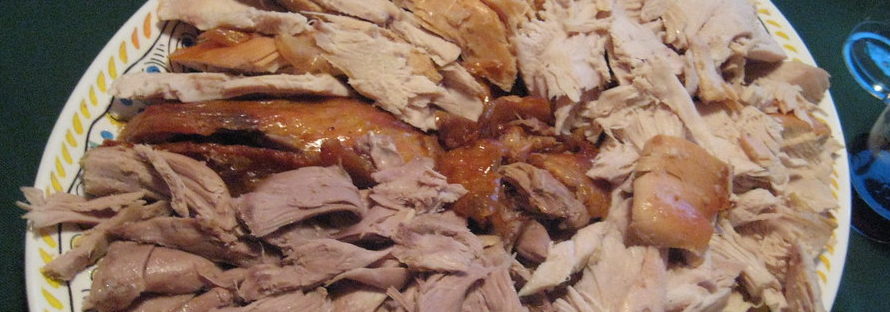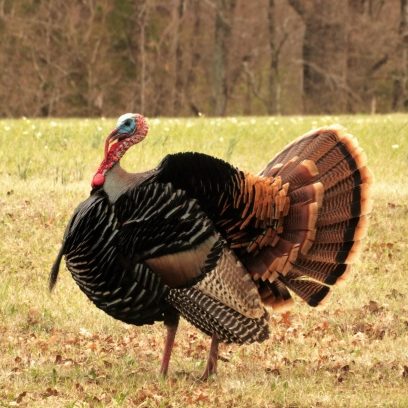Thanksgiving Turkeys: Dark Meat vs. White Meat

Note: We appreciate that every family celebrates the holidays differently, and we support everyone’s choice of festive foods.
There’s a classic nation-wide debate coming up around the Thanksgiving table… and it has nothing to do with politics. When serving up the holiday turkey, everyone has their opinions on white meat or dark meat. So what’s the difference? And which does science say is better?
The difference in dark meat and white meat is rooted in the areas that the bird uses most during its lifetime. You’ll find dark meat in more highly used areas like the legs and thighs. White meat is found in less exercised areas like the breasts and wings.
Every day is leg day when you’re a turkey

Turkeys are rarely found in the air, preferring to get around by walking instead of flying. They have powerful legs and thick thighs that are better for locomotion than their wings. In fact, they can run up to 25 mph!
Because they use their legs so often, turkeys build up muscles in their thighs and calves. As the muscles enlarge with usage, more capillaries, connective tissue and protein filaments develop, creating a tougher texture in dark meat.
Dark meat is filled with myoglobin, which carries oxygen to the muscles and is more prevalent in more used areas. Myoglobin contains iron that oxidizes and creates richer color and flavor in dark meat.
So, what’s the deal with white meat?

Oppositely, white meat areas of turkey are used less often, like the breast and wings. With fewer capillaries and myoglobin, the meat has less color and flavor. However, white meat areas don’t need as much collagen to hold the meat fibers together, resulting in a more tender texture.
Plus, white meat areas are usually lower in calories and fat. Three ounces of turkey breast meat has 160 calories and 6 grams of fat. The same amount of meat from a turkey’s thigh has 190 and 10 grams of fat. That being said, it is the holidays so don’t feel guilty over a few extra calories.
The Grand Debate
In conclusion, there are pros and cons to both varieties of turkey meat. Whatever your preference, here’s a cheat sheet to prepare you to defend your favorite type this holiday season.
Dark Meat
More used parts of the turkey, including legs and thighs
Pros: more vitamins and minerals (higher in iron, zinc, folate, and vitamins B6 and B12), more intense flavor, darker color
Cons: higher in fat and calories, tougher meat
White Meat
Less used parts of the turkey, including breast and wings
Pros: lower calories and fat, more tender
Cons: less color, less flavor




